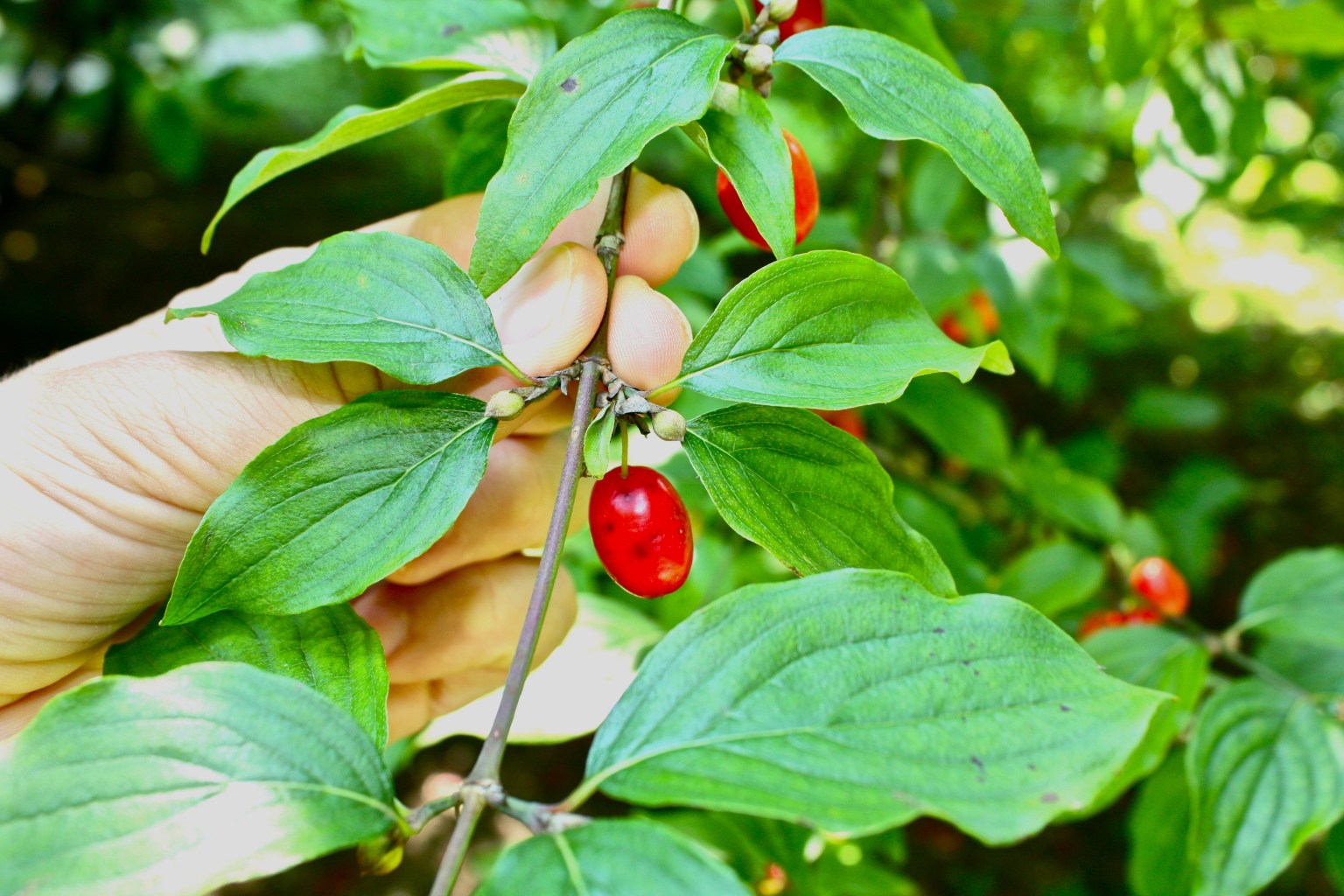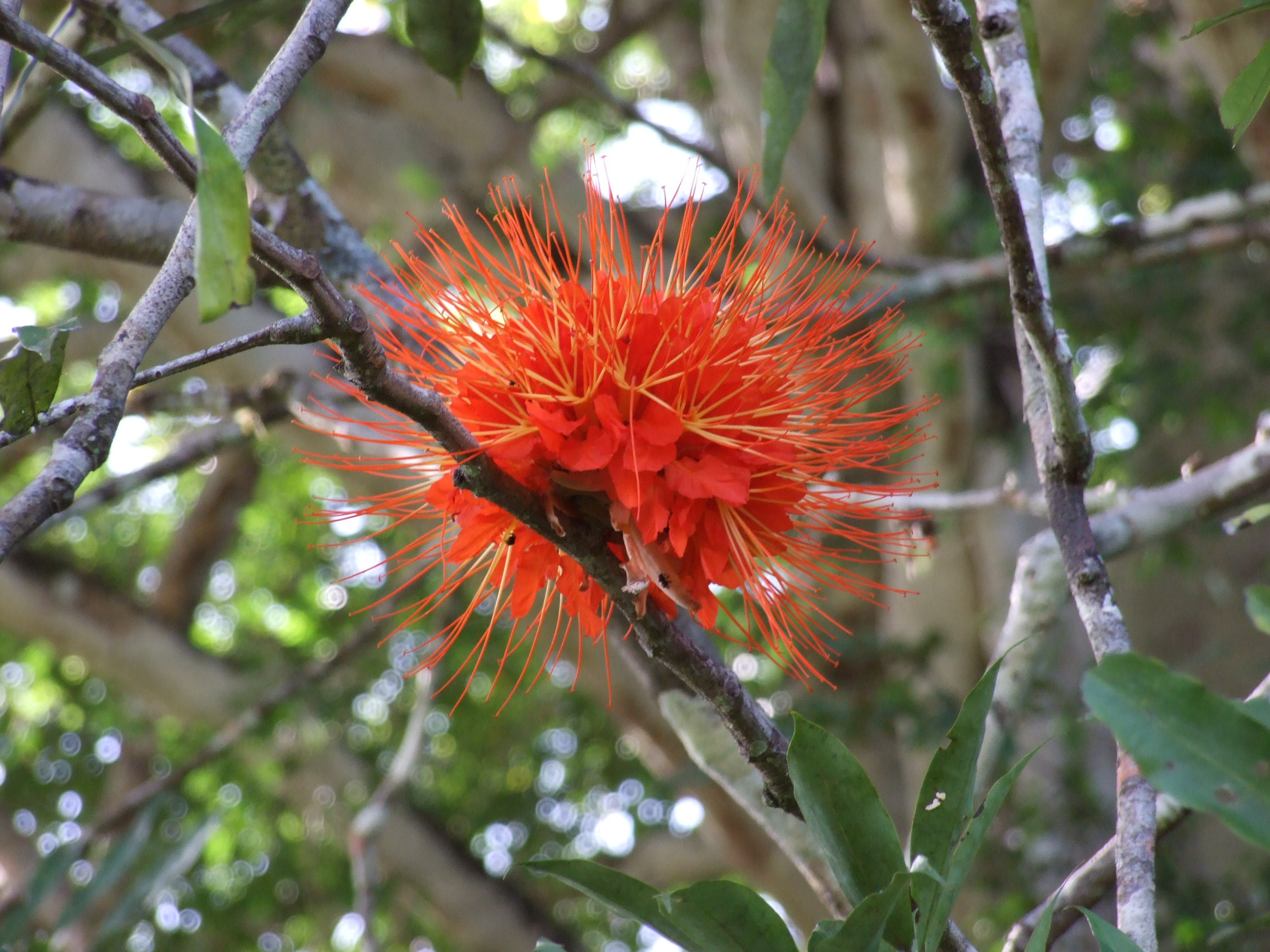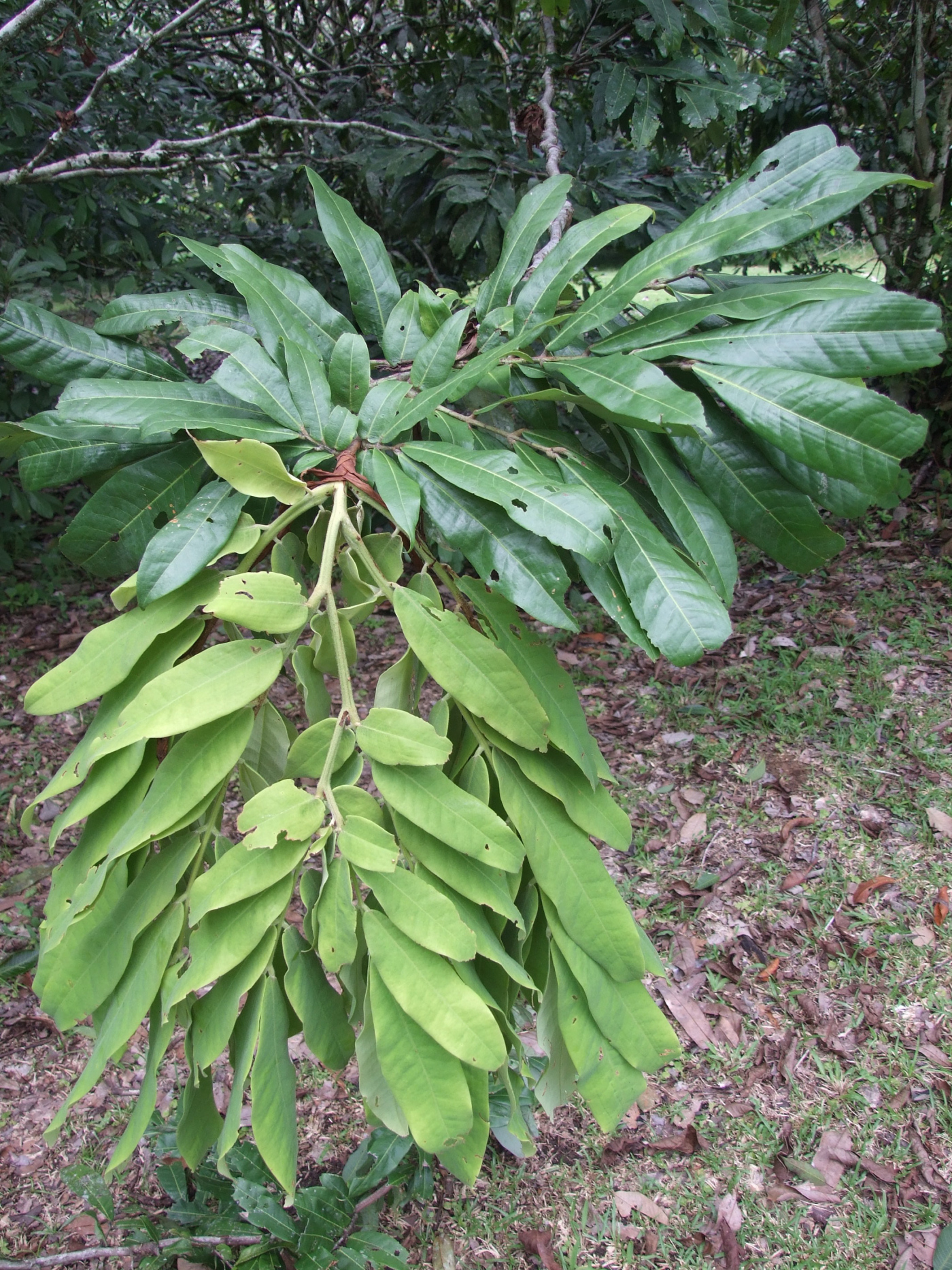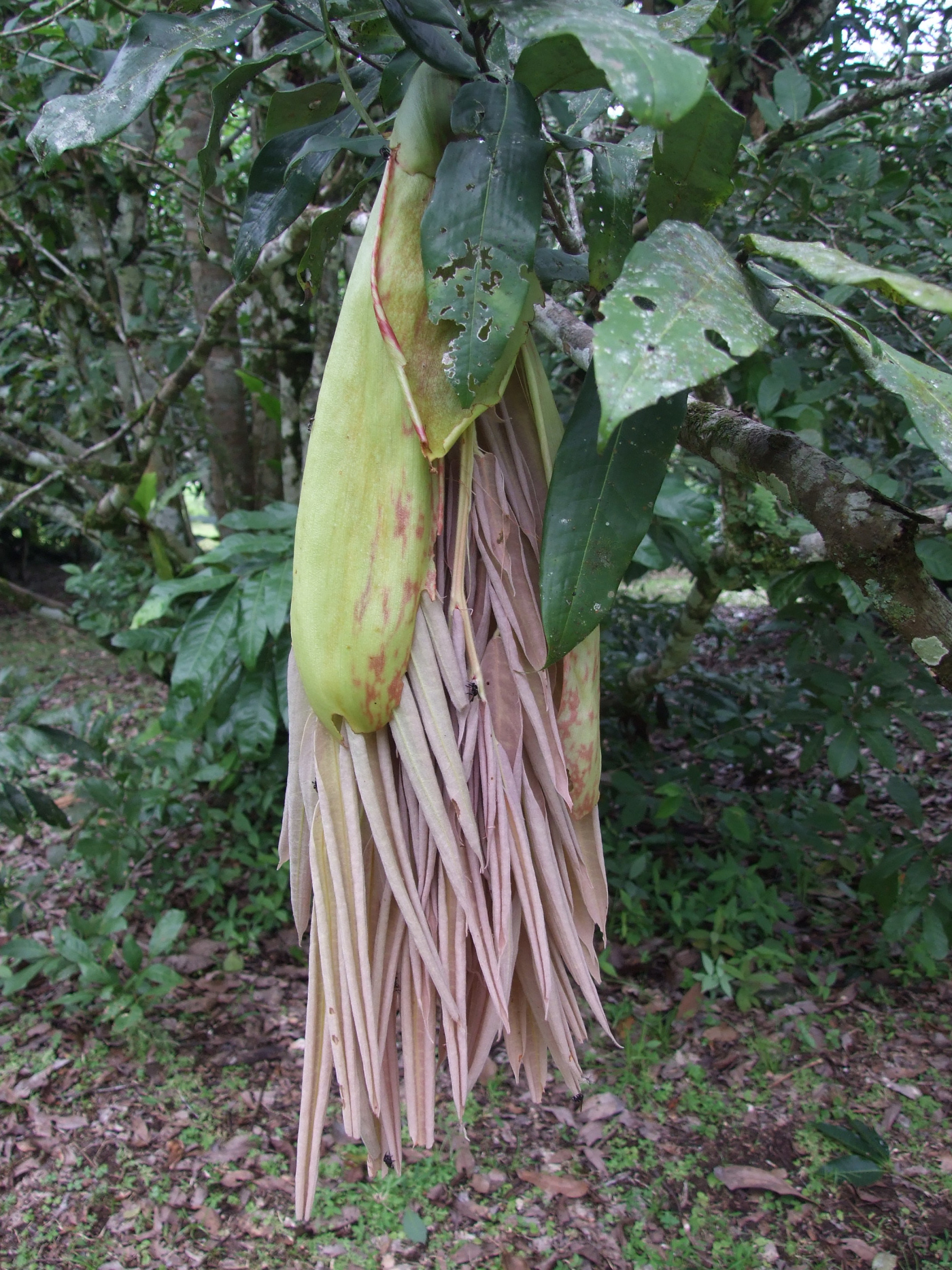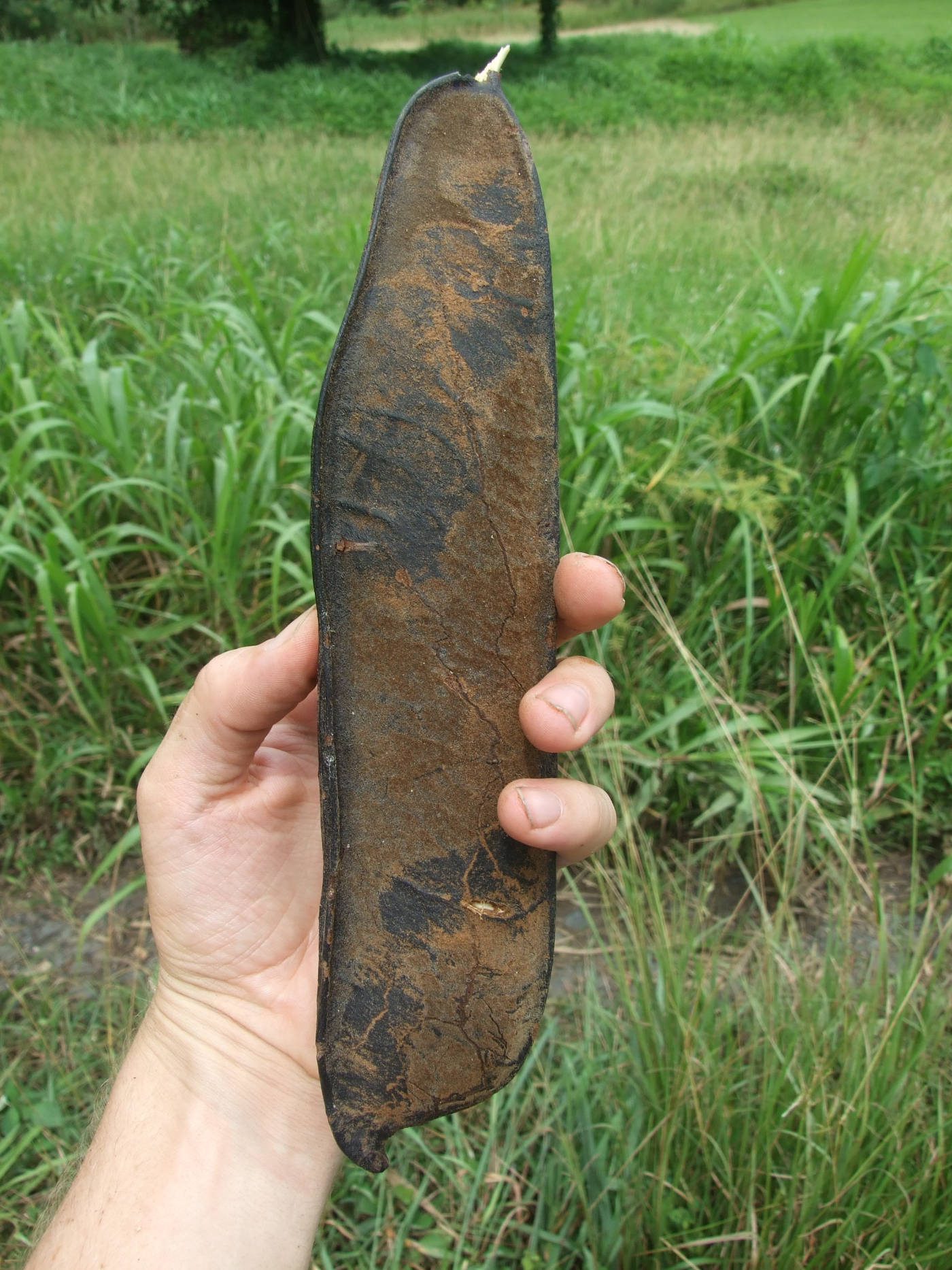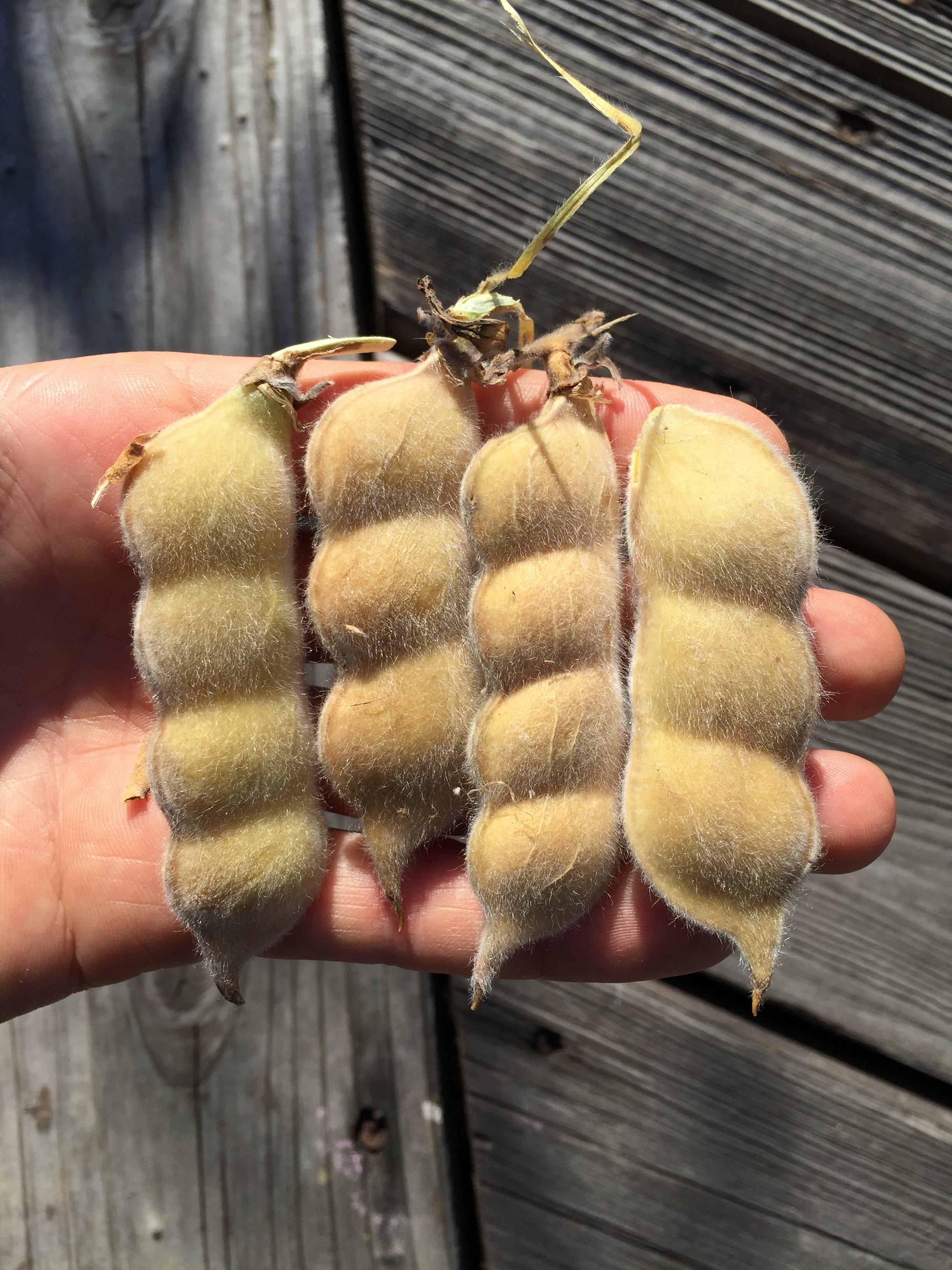Background information on Crithmum maritimum, and edible and medicinal plant from mediterranean and temperate regions of Europe.
Cornus mas - European Cornel
ORIGIN AND DISTRIBUTION
Cornus mas is a species of flowering plant in the dogwood family, native to S. Europe and Southwest including Armenia, Azerbaijan, Georgia, Iran, Turkey, Israel, Lebanon and Syria.
USES AND ETHNOBOTANY
The fruit tastes like something between a sour cherry and cranberry, turns dark red when ripe. The fruit is used to make jams, sauces (similar to cranberry sauce). In Montenegro I found concentrated juice sold in the market.
The fruits when ripe on the plant bear a resemblance to coffee berries, and ripen in mid- to late summer. The fruit is edible (mainly consumed in Eastern Europe, UK, and Iran), but the unripe fruit is astringent. The fruit only fully ripens after it falls from the tree. When ripe, the fruit is dark ruby red or a bright yellow. It has an acidic flavour which is best described as a mixture of cranberry and sour cherry; it is mainly used for making jam, makes an excellent sauce similar to cranberry sauce when pitted and then boiled with sugar and orange, but also can be eaten dried. In Azerbaijan and Armenia, the fruit is used for distilling vodka, in Austria and German Alps is used for distilling Dirndlbrand, in Albania and Bosnia and Herzegovina it is distilled into raki, and in Greece cranberries are used to make home-made liqueur. In Turkey and Iran it is eaten with salt as a snack in summer, and traditionally drunk in a cold drink called kızılcık şerbeti. Cultivars selected for fruit production in Ukraine have fruit up to four cm long. It is eaten in Eastern Europe in many ways including as a medicine. It is very high in vitamin C and is used to fight colds and flus.
The fruit of C. mas (together with the fruit of C. officinalis) has a long history of use in traditional Chinese medicine. Known as shan zhu yu, 山茱萸, it is used to retain the jing, essence, to tonify the kidneys, and in cases of spermatorrhea.
PROPAGATION AND CULTIVATION
Cornus mas can be propagated from seed. The seed must be separated from the fruit flesh since this contains germination inhibitors. Stored seed should be cold stratified for 3 - 4 months and sown as early as possible in the year. Scarification may also help as may a period of warm stratification before the cold stratification. Germination, especially of stored seed, can be very slow, taking 18 months or more.
C. mass can also be propagated from cuttings of half-ripe side shoots. Cuttings of mature wood of the current year's growth, taken with a heel if possible, autumn in a cold frame. New growth can also be air airlayered.
I took this photo in the Ljubljana botanical garden
Capparis spinosa - Caper
ORIGIN AND DISTRIBUTION
Native to Europe - Mediterranean to E. Asia - Himalayas.
USES AND ETHNOBOTANY
The flower buds are pickled and used as a flavoring in sauces, salads etc. The young fruits and tender branch tips can also be pickled and used as a condiment. The flower buds are harvested in the early morning and wilted before pickling them in white vinegar. Young shoots can be cooked and used like asparagus.
In Greece caper leaves are eaten in addition to the pickled buds. The leaves can be similarly pickled or boiled and preserved in jars with brine. Caper leaves are excellent in salads and fish dishes. Dried caper leaves are also used as a substitute for rennet in the manufacturing of high quality cheese.
Capparis fruit, not yet mature.
The root-bark is analgesic, anthelmintic, antihaemorrhoidal, aperient, deobstruent, depurative, diuretic, emmenagogue, expectorant, tonic and vasoconstrictive. It is used internally in the treatment of gastrointestinal infections, diarrhea, gout and rheumatism. Externally, it is used to treat skin conditions, capillary weakness and easy bruising. The bark is harvested in the autumn and dried for later use. The stem bark is bitter and diuretic. If taken before meals it will increase the appetite. The unopened flower buds are laxative. They are used internally in the treatment of coughs, and externally to treat eye infections. The buds are a rich source of compounds known as aldose-reductose inhibitors - it has been shown that these compounds are effective in preventing the formation of cataracts. The buds are harvested before the flowers open and can be pickled for later use - when prepared correctly they are said to ease stomach pain. A decoction of the plant is used to treat vaginal thrush. The leaves are bruised and applied as a poultice in the treatment of gout.
PROPAGATION AND CULTIVATION
Capers can be propagated easily from seeds sewn in a well drained soil. Allow 2-4 weeks until germination.
Capparis spinosa on rock wall.
Caper is a rupicolous species, meaning it thrives among and/or inhabits rocks. It is widespread on rocky areas and is grown on a wide range of different soil associations, including alfisols, regosols and lithosols. C. spinosa can tolerate both silty clay and sandy, rocky or gravelly surface soils, with less than 1% organic matter. It grows on bare rocks, crevices, cracks and sand dunes in Pakistan, in dry calcareous escarpments of the Adriatic region, in dry coastal ecosystems of Egypt, Libya and Tunisia, in transitional zones between the littoral salt marsh and the coastal deserts of the Asian Red Sea coast, in the rocky arid bottoms of the Jordan valley, in calcareous sandstone cliffs at Ramat Aviv, Israel, and in central west and northwest coastal dunes of Australia. It grows spontaneously in wall joints of antique Roman fortresses, on the Wailing Wall, and on the ramparts of the castle of Santa Bárbara (Alicante, Spain). Moreover, this bush happens to grow in the foothills of the southern Alps (Verona, Italy) and is a common species on city walls in Tuscany (Italy) and on bastions of Mdina and Valletta (Malta). Clinging caper plants are dominant on the medieval limestone-made ramparts of Alcudia and the bastions of Palma (Majorca, Spain).
Capparis spinosa in its native habitat on coastal, exposed limestone rocks, Ionian Islands, Greece.
Brownea macrophylla - Rosa del monte
ORIGIN AND DISTRIBUTION
Native to South America - Peru, Ecuador, Colombia, Venezuela; C. America - Panama.
Typically found growing as an understory tree in the rainforest, often subject to periodic inundation.
USES AND ETHNOBOTANY
In the Darien region of Panama the bark of Brownea is boiled in water to make tea used to treat diarrhea. The flower is considered to be "from the devil" and infused in water used for ritual baths.
PROPAGATION AND CULTIVATION
Brownea can be grow easily from the large brown seeds. Some literature states that Brownea seed has a semi-hard seed coat and benefits from light scarification before sowing in order to speed up and improve germination, however I have never found this to be the case. Germinate fresh seeds in a compost rich, well drained soil mix and results should be good. Seeds to not have a very long viability.
Brownea macrophylla is native to the moist tropics, it cannot tolerate frosts. Trees prefer a position in partial shade requiring moist soil and dense deep, rich, slightly acid soil. Trees are slow growing and, if happy, will flower when three to four year olds from seed.
Lupinus pilosus - Altrei coffee, Tyrolian coffee
BACKGROUND, ORIGIN AND DISTRIBUTION
Lupinus pilosus, commonly called blue lupine, (also known as ‘Altreier Kaffee’, or Altrei Coffee, Hebrew: תורמוס ההרים, Arabic: ترمس برّي) from the fabaceae family. The species is thought to be endemic to Israel where it is found in Mediterranean scrubland.
USES AND ETHNOBOTANY
L. pilosus used to be widely cultivated as a caffeine-free coffee substitute around the village of Altrei, in the Tyrolian Alps, Northern Italy. The seeds were roasted and mixed with malt grains and infused in boiling water. I do not know how it made its way there from where it is native in the Middle East, near and around Palestine. Interestingly, not only from a cultural and historical but also from a botanical standpoint, since 2006 a local initiative is re-establishing L. pilosus cultivation in the Altrei region to revive this culinary specialty.
PROPAGATION AND CULTIVATION
The plant can be propagated easily from seed. Direct seeding works best and the plant will naturalize if grown in a favorable environInitially. The small seedlings don't seem to like transplanting. The newly germinated plant quickly develops a strong root system. Seeds are best seeded in fall or late winter. They will germinate and remain small until the weather starts to warm up at which point the plant will grow rapidly. I collected seed growing from plants outside a UC Berkeley plant science facility, the large seedpods drew my attention. Now I’ve been growing the species for years, accumulating more and more seed each year. One remarkable characteristic of the flower is that is smells exactly like grape soda. Here is a PDF of an article on the use of this species as a coffee substitute. ‘Altreier Kaffee’- Lupinus pilosus L. cultivated as coffee substitute in Northern Italy
Cola nitida - Cola nitida, Cola nut, Abata cola, gbanja cola, goro cola, labozhi kola
ORIGIN AND DISTRIBUTION
C. acuminata is indigenous to Congo, Nigeria, and Gabon, while C. nitida (photographed above) occurs naturally in Ashanti, the Ivory Coast, and Sierra Leone.
USES, ETHNOBOTANY AND NUTRITION
Cola nitida flower.
The seeds, or nuts, of Cola have been chewed since ancient times in West Africa for their stimulant properties. Cola nuts make up a very important product in regional West African markets. Historically, cola nut was also used to flavor cola soft drinks but are now largely supplanted by synthetic products. The embryo, seed, or “nut”, varies considerably in size and weight. A nut will typically contain 2 – 3 percent caffeine, to which the nuts stimulating effects are ascribed. Theobromine is also present in the nut in significant quantities.
Cola nitida seeds / fruit.
As far as nutritional value, the cola nut is unimportant, as only small amounts are consumed. The nuts do, however, have some health benefits when used in moderation. Seed extracts are used to treat mental and physical fatigue, and are considered useful as a tonic (mild diuretic, secretion of gastric juices is stimulated). People suffering from ulcers or hypertension should restrict their intake of caffeine.
PROPAGATION AND CULTIVATION
Cola nitida germinates quickly from seed. The fresher the seed the better. As with many tropical species, seeds to not retain viability for very long.
Seedling leaves of Cola nitida.
When cultivated, the tree is typically managed below 10 m high, with long lateral branches, like cacao. Cola acuminata is considered secondary in masticatory quality to C. nitida.
I took the photos in this post at Summit Botanic Garden outside Panama City.
Two lesser known species are bamenda cola (C. anomala), and owé cola (C. verticilla)
Claytonia perfoliata - Miner's lettuce
ORIGIN AND DISTRIBUTION
It is a fleshy, herbaceous annual plant native to the western mountain and coastal regions of North America from southernmost Alaska and central British Columbia south to Central America, but most common in California in the Sacramento and northern San Joaquin valleys. Miner’s lettuce, a close relative to purslane and Talinium triangulare (fruticosum).
USES AND ETHNOBOTANY
The common name miner's lettuce refers to its use by California Gold Rush miners who ate it to prevent scurvy. It can be eaten as a leaf vegetable. Most commonly it is eaten raw in salads, but it is not quite as delicate as other lettuce. Sometimes it is boiled like spinach, which it resembles in taste. Miner's lettuce can sometimes accumulate toxic amounts of soluble oxalates.
PROPAGATION AND CULTIVATION
Miner’s lettuce, a close relative to purslane and Talinium triangulare (fruticosum). Edible and easy to grow from seed. Miner’s lettuce can be found growing wild during the late months of winter and early months of spring around Mt. Tamalpais, where I grew up. Does well with limited sunlight, even in Redwood understory.
Talinum fruticosum (T. triangulare) - suriname spinach, water leaf, Philippine spinach, lagos bologi
BACKGROUND, ORIGIN AND DISTRIBUTION
This is a slightly succulent herb introduced native to South America, now accepted and widely cultivated throughout the tropics.
The Talinum genus consists of about fifty species.
USES AND ETHNOBOTANY
The leaves and stems are used chopped in salads, they have a slightly sour taste, and a bitter, lingering aftertaste. The leaves also have a relatively high content of oxalic acid (1-2 percent) suggesting that they shouldn’t be eaten in excess. Upon cooking lightly any bitterness is absent.
PROPAGATION AND CULTIVATION
The plant is easily propagated from seeds or cuttings. Left in the right environment the plant will spread itself, although I have never seen it reach “invasive” proportions. If you know what you’re looking for this is a plant you will find growing out walls, cracks, potholes, vacant lots, throughout the city, along with purslane, a close relative.
The edible leaves are rich in Vitamins A and C as well as iron and calcium. This species is grown in west Africa, south and south east Asia, warmer areas of north america and throughout central and south America. It is reported to be one of the most important leafy vegetables in Nigeria.
Edible / Condiment leaf species of Southeast Asia.
The following is a list of species whose leaves are used as condiments in Southeast Asia. The list is not, by any means, complete, but includes some of the lesser known, more obscure species.
Acacia farnesiana, Cassie flower, Leguminaceae
Achronychia laurifolia, Ketiak, Rutaceae
Aegle marmelos, Bael fruit, Rutaceae
Allium odorum, Chinese chives, Liliaceae
Ancistrocladus extensus, Ox-tongue, Dipterocarpaceae
Antidesma ghaesembilla, Sekinchak, Euphorbiaceae
Begonia tuberosa, Tuberous begonia, Begoniaceae
Claoxylon polot, Rock blumea, Euphorbiaceae
Coleus tuberosus, African potato, Labiatae
Crypteronia paniculata, Sempoh, Lythraceae
Curcuma domestica, Turmeric, Zingiberaceae
Cymbopogon citratus, Lemon Grass, Graminae
Cyrtandra decurrens, Graminae
C. pendula, Rock sorrel, Graminae
Dendrobium salaccense, Cooking orchid, Orchidaceae
Derris heptaphylla, Seven finger, Leguminaceae
Elethariopsis sumatrana, Frangrant gingerwort, Zingiberaceae
Eugenia polyantha, White kelat, Myrtaceae
Evodia roxburghiana, Sour-relish wood, Rutaceae
Gymura procumbens, Akar, Compositae
Homalomena graffithii, Itch grass, Araceae
Hornstedtia, Tepus, Zingiberaceae
Horsfieldia sylvestris, Pendarahan, Myristicaceae
Kaempferia galanga, Chekur (Galangal), Zingiberaceae
Kaempferia rotunda, Kenchur, Zingiberaceae
Leucas lavandulifoia, Ketumbak, Labiatae
L. zeylanica, Ketumbak, Labaiatae
Limnophila aromatica, Swamp leaf, Scrophulariaceae
L. villosa
L. conferta
L. pulcherrima
L. rugosa
Lycium chinese, Kichi, Matrimony vine, Solanaceae
Lycopersicum esculentum, Tomato, Solanaceae
Medinilla crispata, Medinilla, Melastomataceae
M. hasseltii
M. radicans
Mentha longifolia, Longleaf mint, Labiatae
Murraya koenigii, Curry-leaf tree, Rutaceae
Nauclea esculenta, Pincushion, Rubiaceae
Ocimum canum, Hoary basil, Labiatae
Oenanthe javanica, Shelum, Umbelliferae
Ottelia alismoides, Pojnd lettuce, Hydrocharitaceae
Oxalis corniculata, Sorrel, Oxalidaceae
Pilea melastomoides, Sweet nettle, Urticaceae
Piper lolot, Pepper leaf, Piperaceae
P. caducibracteum
P. umbellatum
Pistacia lentiscus, Pistachio resin tree, Anacardiaceae
Pluchea indica, Indian sage, Comppositae
Polygonum hydropiper, Water polygonum, Polygonaceae
Staurogyne elongata, Cross flower, Acanthaceae
Trachyspermum involucratum, Wild celery, Umbelliferae
Murraya koenegii - Curry Tree
BACKGROUND, ORIGIN AND DISTRIBUTION
The curry tree originated in India and Sri Lanka where it is widely cultivated. The species has been an important part of Indian culture for hundreds, perhaps thousands of years. Used as a traditional medicine, for flavoring, and as a fruit.
Over the centuries the tree has been introduced to many tropical and subtropical areas of the world by Indian immigrants who will use it daily as an essential part of their cuisine.
Curry tree is well known in Thailand, Malaysia and Indonesia, however it remains rare and unexploited in the Americas. Curry tree is closely related to the East Asian mock orange (M. paniculata, previously M. exotica).
USES AND ETHNOBOTANY
M. koenigii serves as excellent evergreen living fence, windbreaks. The wood is very resistant and is used to make tool handles and such. The leaves and bark and fruit have numerous medicinal properties. The fruit is edible and sweet and the leaves and seeds contain an aromatic oil used in perfumes.
In my experience, people familiar with many realms of Asian cuisine are always very excited to see this tree. The leaf is essential for flavoring in many dishes.
Trees flower and fruit profusely, multiple times a year. The flowers are very fragrant, attracting honey bees and hummingbirds. Larger trees create a nice dappled shade.
PROPAGATION AND CULTIVATION
Curry tree can be propagated easily and quickly from seed. The tree grows in tropical and subtropical climates up to 1,800 meters above sea level and requires well drained soils. It seems to be reasonably drought tolerant. Once in the ground the tree grows rapidly.
